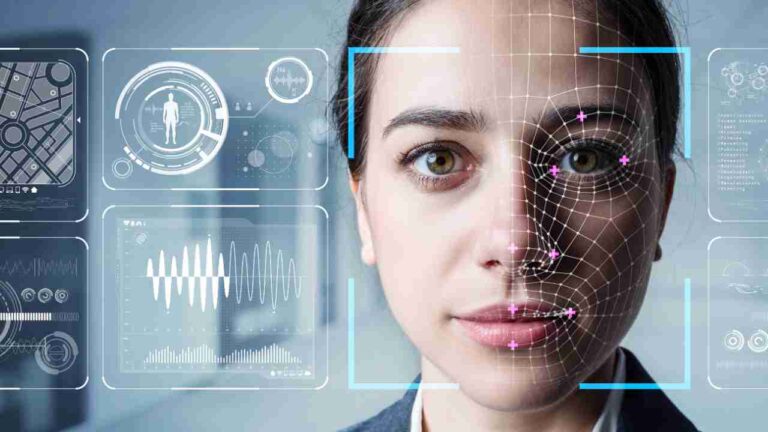Assisted Stretching: A Comprehensive Guide to Techniques and Benefits
Are you prepared to discover a whole new level of adaptability and mobility? Join us as we examine the advantages, methods, and transforming power of aided stretching for the body and mind.
Introduction
The use of assisted stretching has grown in favor as a successful technique for increasing range of motion, reducing muscular tension, and increasing flexibility. In contrast to traditional stretching, which is done alone, assisted stretching is done with the help of a qualified expert or a companion who supports and guides the stretching motions. We’ll explore the many methods and advantages of aided stretching in this extensive tutorial, showing you how it may completely change the way you exercise for flexibility.
Understanding Assisted Stretching Techniques
Assisted stretching encompasses a variety of techniques designed to target different muscle groups and areas of the body. One common technique is passive stretching, where the individual relaxes while the stretching partner gently moves their body into a stretched position, holding it for a period of time to allow for muscle relaxation and elongation. Another technique is active stretching, where the individual actively engages the muscles while the partner provides resistance or assistance to deepen the stretch. Additionally, proprioceptive neuromuscular facilitation (PNF) stretching involves a combination of passive stretching and isometric contractions to improve flexibility and range of motion.
Benefits of Assisted Stretching
Enhanced Flexibility and Range of Motion
One of the best ways to increase range of motion and improve flexibility is through assisted stretching, which has several advantages for anyone looking to enhance their physical performance and general well-being. With the assistance of a partner in stretching, people may go farther into stretches than they could on their own, allowing for more focused attention to be paid to tight muscles and promoting a thorough improvement in general flexibility.
Stretches may be sustained for longer periods of time and with more intensity thanks to the cooperation between the person and their stretching partner, which enables a deeper investigation of the body’s limitations. As a result of this coordinated effort, muscles, tendons, and ligaments gradually but significantly improve range of motion as they adjust to the increased demands made on them.
This increased range of motion is a powerful tool for preventing injuries in addition to improving agility, speed, and fluidity of movement, all of which improve athletic performance. As the muscles and joints are better able to move over a larger range of motion with comfort and efficiency, aided stretching reduces the risk of strains, sprains, and other musculoskeletal ailments by increasing the limits of flexibility.
Moreover, the benefits of enhanced flexibility extend beyond the realm of athletics, permeating into everyday activities and promoting overall well-being. Individuals find themselves moving with greater ease and comfort in their daily routines, as tasks that once felt cumbersome or restricted become more fluid and effortless. Whether it’s bending down to tie shoelaces, reaching for items on high shelves, or simply engaging in recreational activities, the increased range of motion afforded by assisted stretching enriches the quality of life and fosters a sense of vitality and resilience.
Essentially, aided stretching acts as a trigger to release the body’s inherent potential, enabling people to overcome their physical constraints and live an active, optimally performing lifestyle. Assisted stretching opens the door to a new age of flexibility, mobility, and general well-being by facilitating deep transformation via the joint efforts of the individual and their stretching partner.
Improved Muscle Relaxation and Stress Relief
As an effective way to encourage muscular relaxation and reduce tension, assisted stretching provides a haven for the body and mind to rest and regenerate. People experience a state of peace and relaxation as their muscles release tension and stiffness under the gentle instruction of a stretching partner.
As the stretching partner delicately orchestrates a series of stretches, a profound sense of relief washes over the individual, paving the way for muscular tension to unravel and dissolve. With each elongated stretch, the muscles surrender to a state of relaxation, allowing for a release of accumulated stress and strain that may have accumulated throughout the day.
This symbiotic dance between the stretching partner and the individual fosters a nurturing environment where muscles are encouraged to lengthen and loosen, creating space for discomfort to dissipate and a sense of well-being to emerge. As muscles relinquish their grip and embrace a state of relaxation, individuals experience a profound sense of ease and comfort that permeates through their entire being.
Injury Prevention and Rehabilitation
In addition to enhancing flexibility and reducing muscle tension, assisted stretching can help prevent injuries and aid in the rehabilitation process for existing injuries. By targeting specific muscle groups and addressing imbalances in the body, assisted stretching helps improve overall muscle function and joint stability, reducing the risk of strains, sprains, and other injuries. For individuals recovering from injuries, assisted stretching can also help restore mobility and flexibility, speeding up the healing process and promoting a faster return to activity.
Is Assisted Stretching Right for You?
Apart from improving range of motion and alleviating tense muscles, aided stretching can help avert injuries and facilitate the recovery from pre-existing ones. With its focus on particular muscle groups and correction of postural abnormalities, assisted stretching enhances general muscle function and joint stability while lowering the likelihood of sprains, strains, and other injuries. Helped stretching can also aid in the restoration of mobility and flexibility for those recuperating from injuries, hastening the healing process and encouraging a quicker return to exercise.
Summing up
To sum up, assisted stretching provides a thorough method for increasing flexibility, facilitating movement, and releasing muscular tension. Assisted stretching may be customized to fulfill the demands of people of different ages and fitness levels thanks to its wide range of techniques. Assisted stretching can offer a secure and efficient alternative for anybody trying to increase flexibility and lessen muscular tension, heal from an accident, or simply improve performance as an athlete. Why then wait? Unlock a new level of flexibility and mobility by trying assisted stretching for yourself and witnessing its revolutionary effects.







